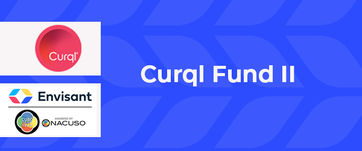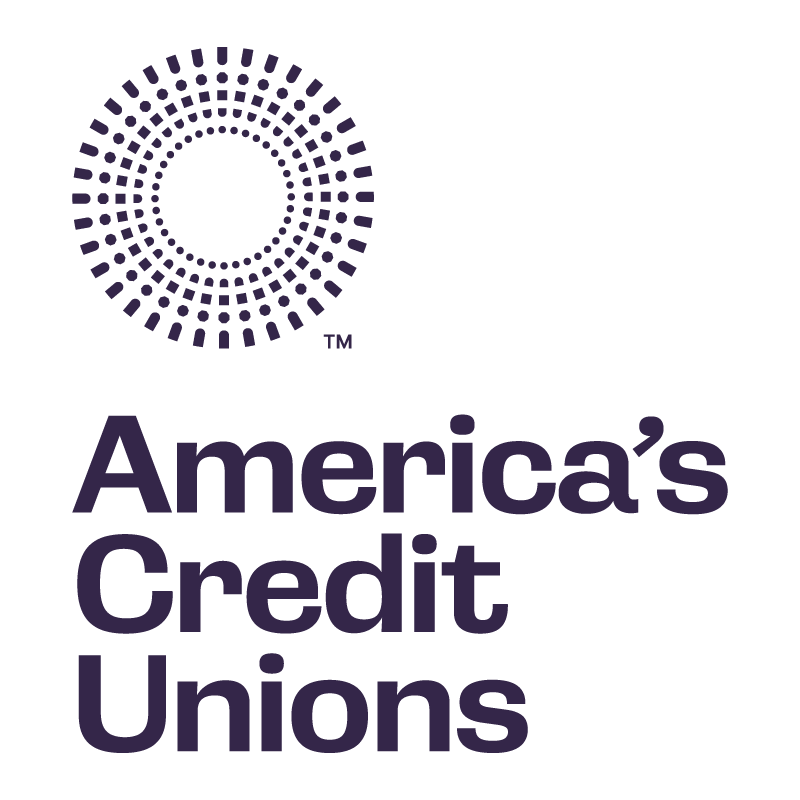|
As we begin the third quarter, interest rates continue to remain elevated as the Fed processes employment and inflation data to ensure inflation continues its downward path to 2.00%. While the most recent employment report was a mixed bag, of concern is the steady and unexpected increase in the unemployment rate to 4.1%. While no one data point can pinpoint the next recession, a steady increase in unemployment has certainly been an accurate predictor of the start of every recession in the last 50 years.
Despite the cost of funds still rising, the focus remains on managing margin pressure as liquidity stabilizes. Being proactive and not reactive in balance sheet management is paramount and will again be the focus of this quarter's strategy. Date: Thursday, July 11 Time: 10:30a CST There is no cost for this webinar. Who should participate: Credit Unions’ CEOs, CFOs, investment officers, board members, and those who are directly or indirectly responsible for financial management functions will benefit from this webinar. Actual topics to be determined at a later date. General topics will include:
The door of opportunity is still open for credit unions with assets between $100 million to $1 billion to access extensive product and service discounts in emerging technologies and compete in a sector increasingly dominated by large banks and tech conglomerates.
If you haven't already attended one of our webinars, we invite you to sign up for one of the upcoming dates listed below to get your questions answered. Envisant and Curql Collective informational meetings will be held June-July with various date and time options for your convenience. Discover more about the benefits of this exciting investment opportunity! Dates/Times CT:
Navigating the Future of Deposits: A Fireside Chat with Rodney Hood, ModernFI and Royal Credit Union5/21/2024
Join ModernFI for an insightful fireside chat with Rodney Hood, former Chairman of the NCUA, Mickey Noone, VP of Business Lending at Royal Credit Union, and Paolo Bertolotti, CEO of ModernFi. This engaging discussion will cover the evolving deposit landscape within the credit union sector, emphasizing strategic approaches to boost deposit growth and maintain stability. Don't miss this opportunity to learn from leading experts, gain critical insights, and discover strategies that could transform your credit union's approach to deposit growth and stability.
Date: Thursday, May 30th, 2024 Time: 2:00 pm – 3:00 pm EDT Speakers: • Rodney Hood - Former Chairman of the NCUA • Mickey Noone - VP of Business Lending at Royal Credit Union • Paolo Bertolotti, PhD - CEO of ModernFi Agenda: During this session, ModernFi CEO, Paolo Bertolotti will lead a discussion with Rodney Hood and Mickey Noone as they explore:
By Brian Bodell, VP Fintech Solutions at TruStageTM
This article is provided through MnCUN's Strategic Alliance with TruStage. For more information visit the Solutions Directory. Fintechs have disrupted the status quo by offering streamlined digital solutions that challenge traditional banking models, empowering individuals and businesses with greater control over their finances and democratizing access to financial services. With a focus on user experience, innovation and agility, fintechs continue to reshape the financial landscape by driving increased competition, efficiency and inclusion within the industry. Which is why the relationship between fintechs and credit unions is tricky. While there can be direct competition with credit unions, there’s also a great opportunity for partnership and collaboration with the right fintechs that focus on empowering credit unions. How credit unions can partner successfully with a fintech today There are many fintechs in the market today, nearly 30,000 worldwide to be exact, which makes the decision of who to partner with a challenge. Many factors need to be considered, so having a framework and process in place to determine who to partner with is essential.  Envisant, an award-winning CUSO, and Curql Collective have formed a groundbreaking partnership delivering fintech solutions to credit unions. Through a joint investment, credit unions with assets between $100 million to $1 billion can access extensive product and service discounts in emerging technologies to enhance services for members and compete in a sector increasingly dominated by large banks and tech conglomerates. Join an upcoming informational session: Dates/Times CT: May 14, 2024 10:00 AM May 16, 2024 01:00 PM May 20, 2024 03:00 PM May 23, 2024 10:30 AM Ensuring compliance with federal, state, and local laws is of paramount importance, and we want to underscore the array of compliance resources available to participants in the Minnesota Credit Union Employee Benefits Plan. The Board of Trustees recognizes the complexities surrounding health care regulations and are committed to providing you with the necessary tools and support.
Lockton offers comprehensive compliance resources, including regular updates on legislative changes, detailed guides, and expert consultations to navigate the intricate landscape of health care regulations. By leveraging these resources, you can rest assured that your credit union remains in strict adherence to all applicable laws, fostering a secure and compliant environment for your organization. If your credit union is not participating in the Minnesota Credit Union Employee Benefits Plan, request a quote and learn more. Exclusive to Arch MI, Essentials of Mortgage Lending is a training opportunity ideal for industry newcomers and those who want a refresher course on the basics.
Each session on the agenda is designed to enhance your ability to originate, process and underwrite first-mortgage loans to secondary market standards. The course runs two days and discounts are available for multiple attendees from the same credit union. For more information, review the agenda or view the complete course description. When: May 22–23, 2024 Where: Blaze Credit Union 840 Westminster St. St. Paul, MN 55130 Spaces Go Fast! Reserve your seat by sending RSVP/payment by May 3 to: Stephanie Roth W4040 Fairlane Circle Malone, WI 53049 REGISTER NOW This session will also be held in Fond du Lac, WI October 9–10. Details will be provided closer to the event date. Contact Stephanie Roth with questions at 920-960-1777 or [email protected]
TruLync Medicare Advisors held a webinar last week to share the results of the 2023 pilot program; expansion plans for 2024; and details about how your credit union can provide this impactful service to your members. The recording is available on the Members Portal Publication page (log-in required).
TruLync Medicare Advisors is a licensed insurance agency designed to support credit union members through the Medicare process. Partnered with all seven Medicare providers in the state, the service is designed to make sure credit union members have the information they need to select the coverage most appropriate for their needs. To participate in the program, contact Kris Jacobsen, MnCUN Vice President of Business Development, by email or phone at 612-244-7138. |
The PulseThe Pulse is MnCUN's newsletter that keeps credit union professionals and board members updated on current news and information. Archives
July 2024
Categories
All
|




 RSS Feed
RSS Feed

